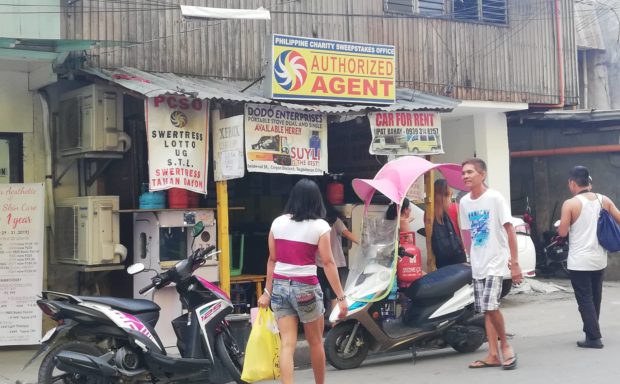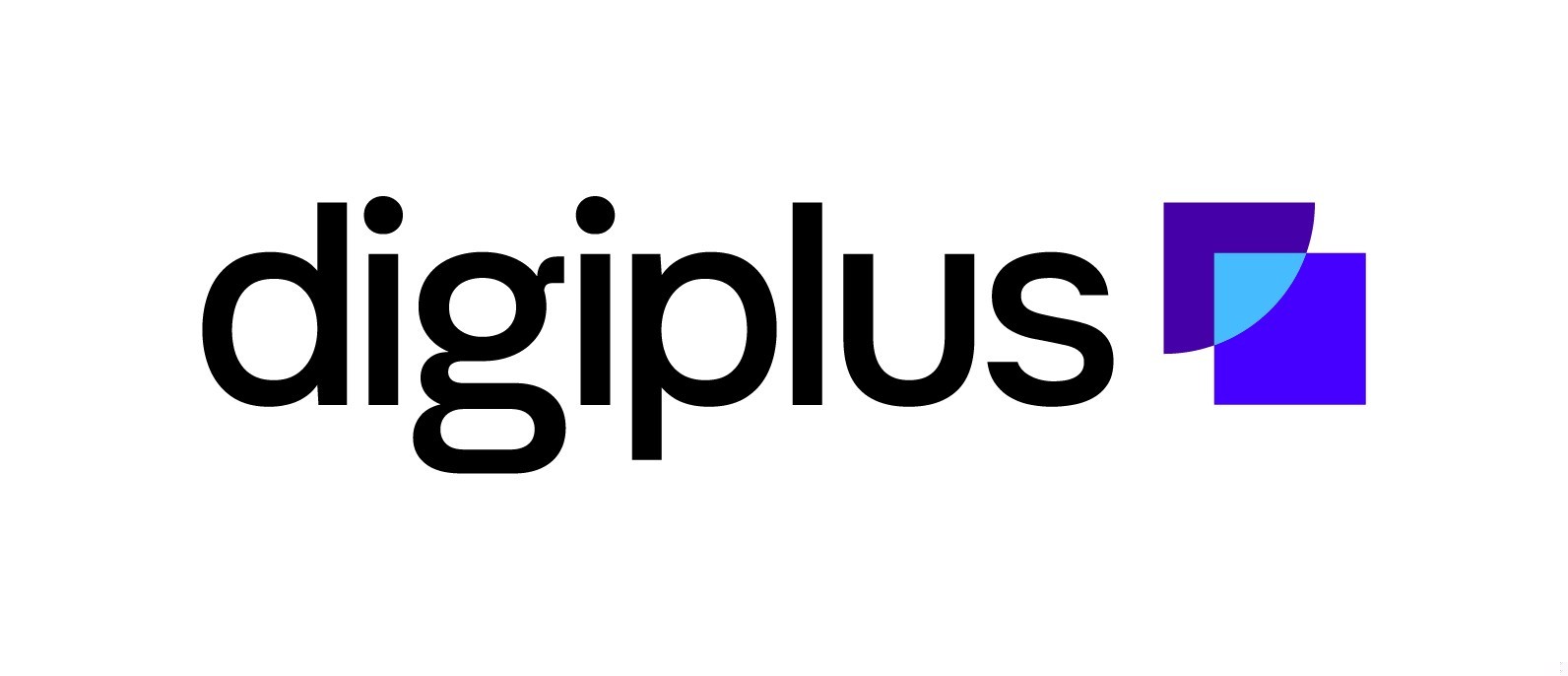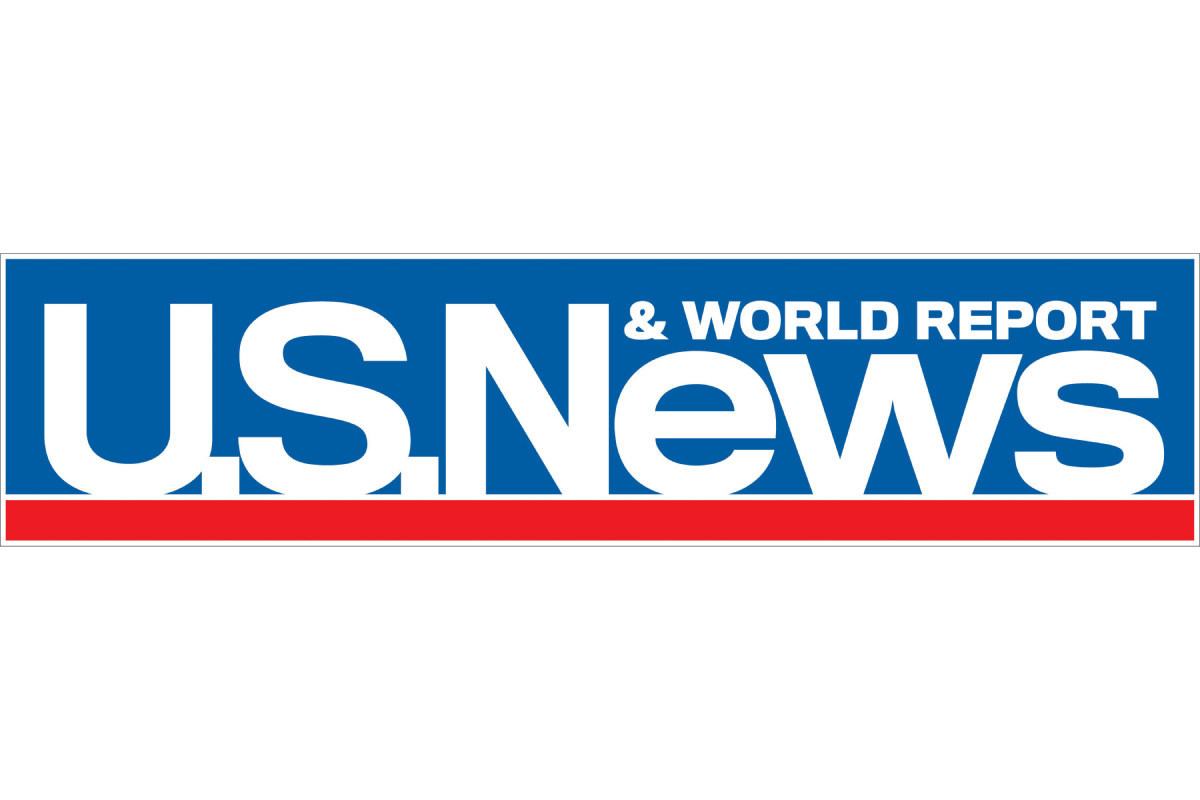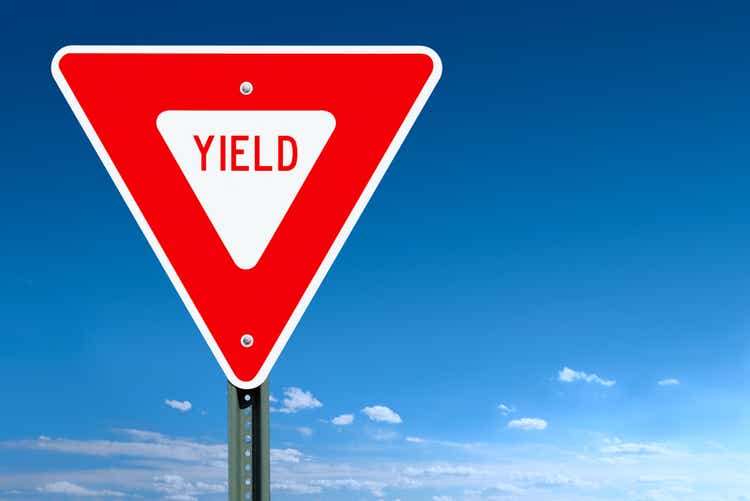Crypto’s Layer 1 category has reached a stage where performance alone isn’t enough—delivery and adaptability matter more than ever. Older platforms like Cardano (ADA) and Tron (TRX) have had years to build, but challenges in adoption speed, scalability, and practical use continue to surface. Now, BlockDAG (BDAG) is gaining serious traction with a record-breaking presale, rising interest from developers, and strong real-time metrics.
Here’s how Cardano, Tron, and BlockDAG compare—and why BlockDAG may dominate the 2025 cycle. Cardano: Strong Vision But Slower Results Cardano, launched by Ethereum co-founder Charles Hoskinson, built its reputation on a peer-reviewed research approach. Its Ouroboros Proof-of-Stake system was positioned as a more energy-saving option than Bitcoin’s PoW.

With time, it attracted a loyal user base and introduced features like staking and its smart contract language, Plutus. Still, many feel Cardano’s progress is too slow. The wait for smart contract implementation was lengthy, and network usage hasn’t surged.
dApp deployment is modest, and while its goals are clear, few notable real-use applications are visible so far. Plutus, the smart contract system, is also seen as a barrier due to its complexity. Developers from outside the Cardano space often find it hard to get started, limiting its broader appeal.
Tron: Speedy but Faces Trust Concerns Tron gained attention with its quick and low-cost transactions. Built with a Delegated Proof-of-Stake model, it supports high throughput and has been widely used for USDT transfers and gaming-based dApps. But concerns about central control persist.
The system is run by a few dominant nodes, and its association with unclear business practices has dampened confidence in major markets. Despite some activity in real-world use, it rarely features in top DeFi ecosystems or large-scale crypto planning. Tron’s tools work, but questions around its image and where it's active limit its reach across the global stage.
BlockDAG: The Hybrid Layer 1 Redefining the Game BlockDAG sets itself apart by not just promising solutions but actually rolling them out. It uses a unique combination of Directed Acyclic Graph (DAG) architecture and Proof-of-Work, delivering faster transactions without compromising on decentralization. With parallel block processing, it avoids delays and high fees seen on older platforms like Cardano, or even faster ones like Tron.
That’s just the beginning. The presale has already brought in more than $212 million and sold over 19.1 billion coins.
Now in Batch 27 and priced at $0.0248, early buyers who came in at $0.001 are looking at potential gains of 2,380%.
Keynote 3 , the latest major update, introduced a live Beta Testnet V1 that has already processed more than 1.2 million transactions across 100+ community-run nodes. The project also confirmed listings on over ten centralized exchanges post-mainnet, plans for more than 1,000 dApps by 2026, and access to tools like a functioning explorer, DeFi stack, and a system for NFTs.
These aren’t future goals—they’re already active. Tools that Cardano and Tron either took years to launch or have yet to fully release are already available in BlockDAG’s ecosystem. BlockDAG’s Expanding Ecosystem Sets It Apart From the Pack BlockDAG is winning the attention of users at scale.
Its X1 mining app is being used by over 800,000 people on their smartphones. Another hit is its Telegram Tap Miner game, pulling in more than 400,000 users and ranking among this year’s biggest blockchain gaming apps. Alongside this, over 16,600 ASIC miners have been sold, helping create a wide network of decentralized validators.
Its two-layer mining model makes it easier for anyone to join in, without losing security benefits. On the other hand, Cardano’s staking ecosystem remains complicated, while Tron’s validator model is heavily centralized. That makes BlockDAG’s open and wide-reaching system more attractive to developers and users alike.
Final Verdict! Cardano has earned respect for its research-first method, but it continues to face issues with speed and real traction. Tron delivers on speed and costs but lacks broad trust and credibility in established financial circles. BlockDAG is showing what a future-ready Layer 1 can look like.
It combines real decentralization, fast performance, and user-friendly tools—all while drawing in massive user growth. This project isn’t playing catch-up—it’s moving ahead. As others deal with delays or reputation issues, BlockDAG is gaining builders, users, and attention for delivering on its goals.
For anyone eyeing a next-gen Layer 1 project with real potential, proven tools, and a rapidly growing ecosystem, BlockDAG clearly comes out on top. Website: https://blockdag.network Presale: https://purchase.
blockdag.network Telegram: https://t.me/blockDAGnetworkOfficial Discord: https://discord.
gg/Q7BxghMVyu Join our WhatsApp Channel to get the latest news, exclusives and videos on WhatsApp _____________ Disclaimer: Analytics Insight does not provide financial advice or guidance. Also note that the cryptocurrencies mentioned/listed on the website could potentially be scams, i.e.
designed to induce you to invest financial resources that may be lost forever and not be recoverable once investments are made. You are responsible for conducting your own research (DYOR) before making any investments. Read more here.
.
Business

Cardano and Tron Were Last Cycle’s Winners— BlockDAG’s $212M Presale Makes It 2025’s Front-Runner!
















